|
PLASTIC
PACKAGING DESIGN
ABOUT -
CONTACTS - FOUNDATION -
HOME - A-Z INDEX
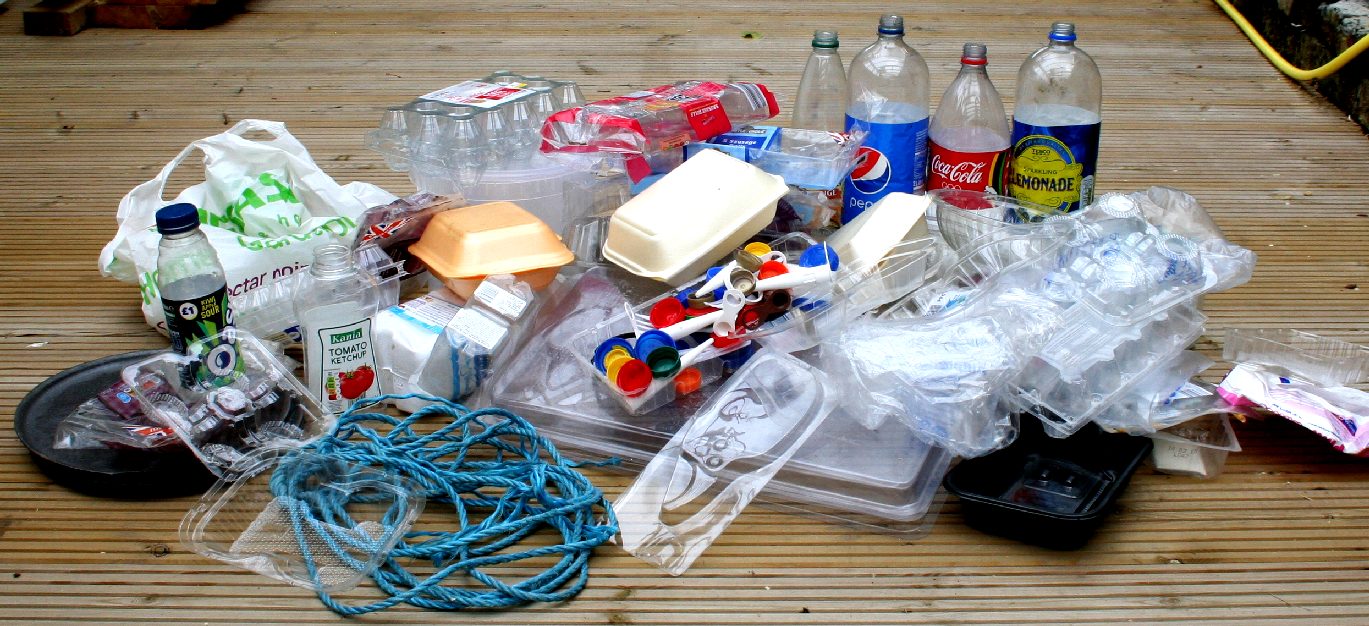
SINGLE
USE PLASTICS - This is
just a small sample of the plastic packaging that you will
find in retails stores all over the world. A good proportion
of this packaging - around 8 millions tons a year, will end up
in our oceans, in the gut of the fish we eat, in the stomachs
of seabirds and in the intestines of whales and other marine
mammals. Copyright photograph © 22-7-17 Cleaner
Ocean Foundation Ltd, all rights
reserved.
The
design, use and recycling of plastic packaging is crucial to
reducing spillage that may end up in our oceans and landfill.
Shoppers tend not to think about it, but the volume of plastic
that is produced is directly related to the volume of food or other goods that
are being purchased.
It
is not our intention to single out any manufacturer or
apportion blame. Our aim is to work with producers to help
come to terms with the problem and try to find solutions. Apologies
then to any company whose products are shown on this site or
who is mentioned, they are merely pictured or mentioned here as
examples.
KTN
KNOWLEDGE TRANSFER NETWORK 21 JUNE 2018 - Findings from the UK Packaging sector focussed report
The
KTN have released a new report entitled ‘The UK Packaging Industry – A Strategic Opportunity: A Landscape Review and Technology Roadmap Report’.
Packaging is a sector that supports other key manufacturing and service industries but is also in itself a provider and spur for innovation, as well as contributing to UK Gross Domestic Product (GDP). It is a sector that warrants further investigation and examination.
Packaging can be defined as an enclosure of products in various types of packaging format such as wrapped pouch, box, bag, can, tray, and others. It is part of a complex system for delivering products from point of production to point of consumption, while its main purpose is to protect the product and ensure it is delivered safely and in perfect condition to the end user. Its role in a circular economy is to maintain the value in a product for as long as necessary and to help eliminate product waste. Packaging is very useful in information-sharing – to impart health and safety information or to support brand loyalty and promotion.
On average ten times more resources – materials, energy and water – are invested in products compared with the resources used to produce their packaging. The direct costs associated with using packaging are therefore relatively small compared to the value it adds to the supply chain in ensuring that these embedded resources do not go to waste.
KTN has previously arranged a number of networking and briefing events for the UK Packaging and related communities:
Smart Packaging Workshop – York, 27th November 2014
Smart Packaging for Pharmaceuticals – Westminster, 13th April 2016
The UK Packaging Roadmap and Landscape – NEC Packaging Innovations, 27th March 2017
Plastics use in the Food Industry – Birmingham, 1st May 2018
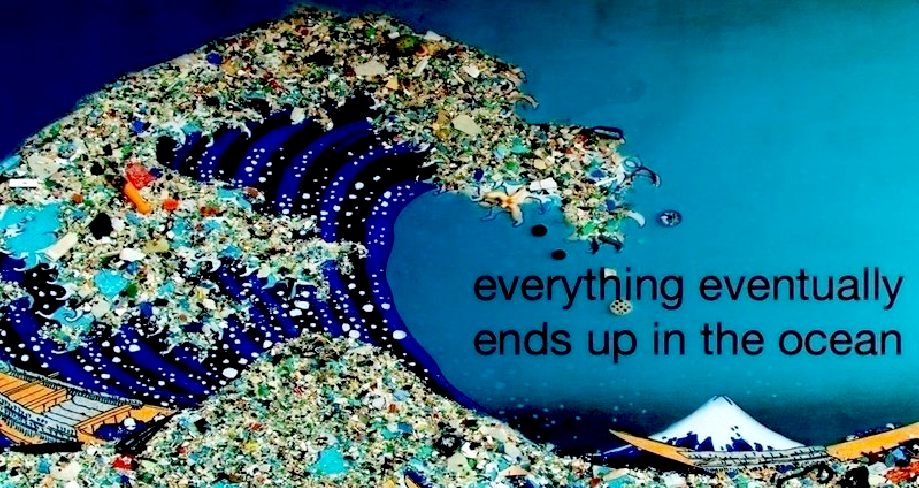
Current developments in a range of emerging technologies will impact on the UK Packaging Industry:
» Printed electronics
» 2D materials and nanomaterials
» Smart technologies
» Additive manufacturing/3D printing
» Novel biomaterials and biopolymers
» Internet of Things
» Robotics and autonomous systems
» Energy Harvesting and Storage
» Embedded sensors
» Functional materials
» Industry 4.0
» Biorenewables
Packaging community consultations- Conclusions and recommendations
--
Public and private investment is needed for innovation and R&D
to help turn emerging and developing issues into market opportunities.
-- New investment is needed to address the ageing workforce and skills gap – appropriate structures must be put in place to address the clearly apparent skills and training deficit and sector-wide requirement. The sector has a particular requirement for apprenticeships
(nationalcareerservice.direct.gov.uk).
-- There are pockets of academic expertise spread across a number of UK Universities distributed in dedicated silos of knowledge – the community suggest this issue may be addressed for the long term by the possible creation of a UK Centre of Excellence for UK Packaging.
--
The sector is currently (June 2018) dealing with the major impact of global attention to plastic use (in particular the issue of single use plastic in packaging) – which will have long-term implications and provide a major incentive to innovate.
For more information concerning the report or the sector contact
Brian McCarthy.
You can download the full report HERE.
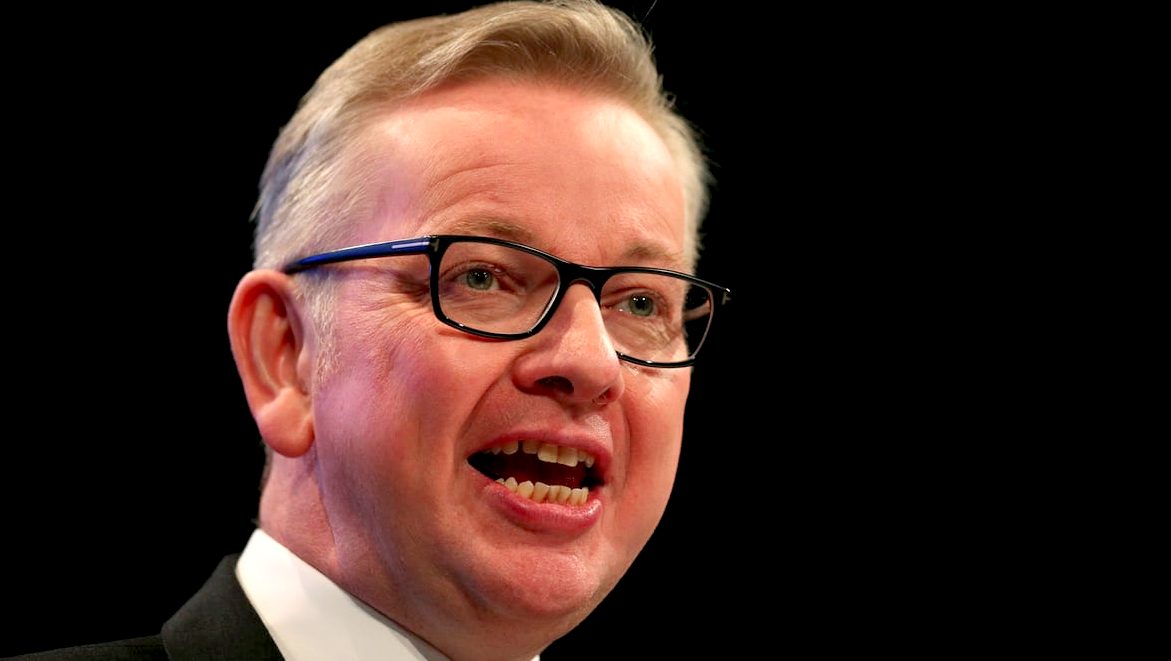
THE GUARDIAN
OCT 2017 - A deposit return scheme aimed at slashing plastic pollution has moved significantly closer after environment secretary Michael Gove said he would work with the industry to see how a scheme can be implemented in England.
Gove, speaking at the Conservative party conference in Manchester, announced a four-week call for views to inform how a deposit return scheme (DRS) would be designed. The government’s working group on the issue will also consider DRS for metal and glass containers.
Over eight million tonnes of plastic enter the oceans every year, with 80% coming from land. Plastic bottles are a major contributor; in June the Guardian revealed that a million are made every minute and the rate is rising quickly, with annual consumption forecast to top half a trillion by 2021.
At least a dozen nations already have DRS, in which a small deposit is paid when purchasing the bottle, which is then returned when the empty bottle is brought back.
In Germany and
Denmark, which have DRS schemes, more than 90% of bottles are returned. In England, just 57% of plastic bottles are recycled, mostly through streetside collection schemes. Gove was pressured this summer by opposition parties and NGOs to introduce a DRS in England, and Nicola Sturgeon announced in September that Scotland would introduce a DRS.
“We must protect our oceans and marine life from plastic waste if we are to be the first generation to leave our environment in a better state than we found it,” Gove said. “We want to hear people’s ideas on how we could make [a DRS] work in England.” In September, Gove said a plastic bottle DRS was a “great idea” but it was vital to devise a programme “that others can buy into”.
Gove noted the huge reduction in plastic bag use resulting from the 5p charge placed on single-use bags, and that the government was drawing up “one of the world’s toughest bans on plastic microbeads”. The DRS working group has been asked to report early in the new year.
“The continuous stream of disposable plastic bottles running into our oceans has been growing alarmingly,” said Greenpeace oceans campaigner Elena Polisano. “We urgently need solutions, and we think a DRS is probably the best way to raise the collection rate.”
Coca-Cola is one of the world’s biggest producers of plastic bottles and in February reversed its opposition to a DRS in Scotland. In July, the company announced it would use more recycled plastic in its bottles. However, on Monday Greenpeace revealed that Coca-Cola has increased its production of plastic bottles by a billion in the last year.
Louise Edge, oceans campaigner for Greenpeace, said:
“Coca-Cola talks the talk on sustainability but the astonishing rate at which it is pumping out single-use plastic bottles is still growing.”
REVERSION
Some
products could be packaged in cardboard boxes as they were
before plastic became so cheap and where there is no appreciable marketing value or
savings using plastic. A prime example is egg boxes. There is
nothing wrong with the original cardboard egg boxes so why
change to clear plastic? Tesco
and Lidl
and many others sell their value eggs in clear plastic
boxes that are relatively unappealing and use a good deal of
plastic in the moulding process to achieve a stronger box for
transport purposes. Okay, so that reduces transport costs, but
increases the plastic to food ratio - and that means more
plastic in the system.
One
drinks maker that is doing the right thing is Idris, who make
a particularly fine 'Jamaica' ginger beer in our opinion.
Their aluminium
can 8 pack comes in a cardboard sleeve. Magnificent! All
recyclable for 10 points.
PET
DRINKS BOTTLES
Two
of the biggest users of plastic bottles for soft drinks are Coca
Cola and Pepsi
Cola but these producers are by no means the only contributors to the
undersea plastic mountain that is accumulating as micro and
other plastics sink to the bottom of the ocean where even eco
machines like SeaVax
cannot reach them .........
There
are ways that these companies might reduce their plastic
footprint ........
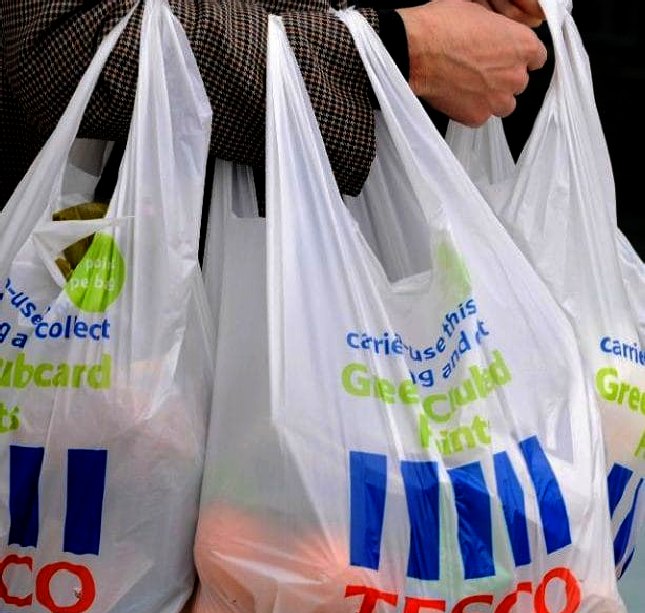
EVERY
LITTLE HELPS - 1.3 billion
plastic carriers may not be seen as a "little" bit
of waste and nothing to worry about. It is still a large
plastic mound that combines with all the other mounds around
the world to poison our oceans. Contributing to ocean waste
research would help us significantly and if a vessel like
SeaVax hits the oceans as a result, then every donation would
count no matter how small.
CARRIER
BAGS
A
tax on plastic carrier bags has already been imposed on
supermarkets and other stores in the United Kingdom, but so
far none of this tax appears to be going to dealing with the
problem ........ Where is the logic in that ?
It
is typically English thinking that a tax can be raised and
squandered on something else. Did you know that in the UK only
5% of Road Tax is used to build roads. The other 95% goes to
making weapons and warships. What are we like ?
In
an honest administration, If a tax is levied, the money should
be used for the purpose it is claimed to be necessary
transparently. Our warmongers should be honest and tell us how
much of our income tax, VAT and other taxes are being used to
pay for fat military contracts and procurement fraud that is
so prevalent in the US that a percentage is allowed for by
congress. Our society is top heavy with taxes that do not deal
with serious pollution problems, affordable housing and climate
change.
SUPERMARKETS
As
some of the operators and users that benefit the most from
plastic packaging, supermarkets could cooperate with
organizations like the Ellen
MacArthur Foundation to formulate a business model to set an
example to other industries that use plastic ........ In the
UK Tesco has been named as selling the most of the 1.3 billion
bags sold last year. We are sure that now the supermarkets
are aware of the growing public concerns that they will want to do
something about it .....
CONFECTIONARY
Cadbury
use plastic in the packaging of their products and one product
in particular could be redesigned to reduce plastic in the mix
........... Nobody would want to stop this producer from
making the world some of the most delicious coca based
products, or from making us happy with chocolate. Chocolate is
a valuable food supplement taken in moderation. It is the
packaging that is the problem, not the product.
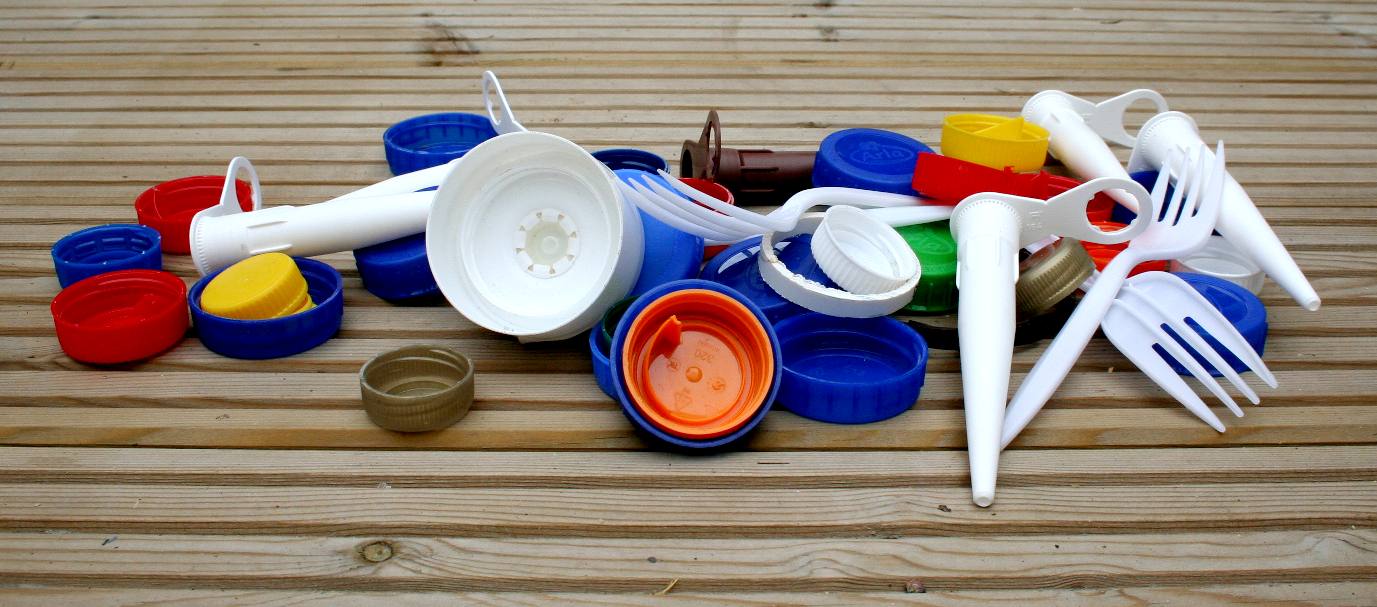
BOTTLE
CAPS - If you have a
family to feed your weekly shop is likely to exceed this
quantity of plastic bottle caps. About half this quantity is
regularly found in the stomachs of dead seabirds. We live in a
plastic society and a plastic age - where we could not do
without the advantages that plastic offers - that is a good
thing for mankind. What is not so good is exploiting our
skills in a way that harms other life on this amazing planet,
and will eventually come back to haunt us as reduced food
capacity and maybe even diseases. Copyright photograph ©
22-7-17 Cleaner Ocean Foundation Ltd, all rights reserved.
ECONOMICS
We
can think of a number of ways that plastic packaging can be
reduced and recycled that is sure to have a bounce down effect
on the volume of waste that enters our oceans. If we had the
funding for such review, proposals and campaigning, we would
be able to suggest ways of improving operations so that supermarkets
might not only help the ocean pollution problem but also save
money on their packaging.
AWARENESS
CAMPAIGN
To
draw attention to the single use plastic issue we are planning
an Ocean Literacy campaign,
involving a competition to identify Miss
Ocean and Mister
Ocean, and events where the winner tours England using a VW
Camper that we are kitting out at the moment, to explain
why we should all think about changing our shopping habits, or
maybe even help us to help manufacturers and retailers
to see what they might be able to do to ease the present
situation.
If
you are a major user of plastic packaging and would like to
explore the opportunity for working on this together to reduce
your plastic footprint, please email Christina
or Andrew
to find out more.
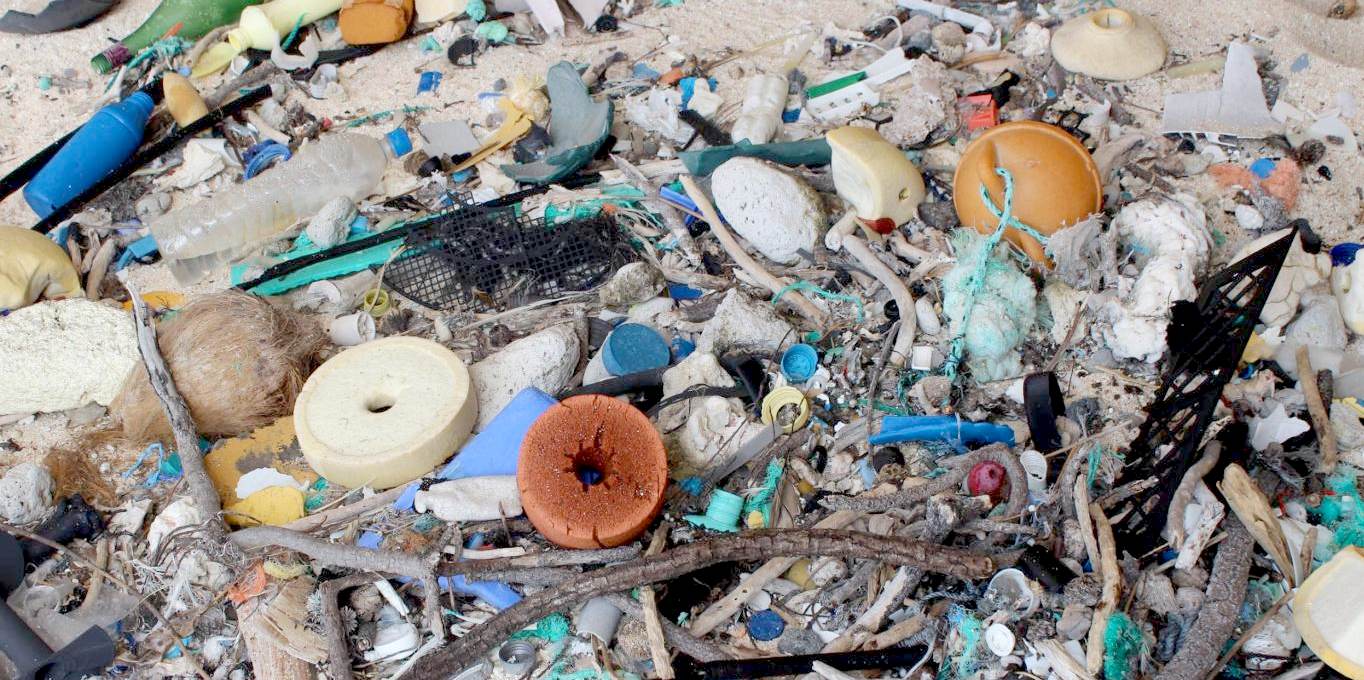
THE
INDEPENDENT HENDERSON ISLAND - Beaches of a remote British island in the South Pacific are littered with an estimated 37.7 million pieces of plastic,
only discovered in 2017. You may be able to identify some of
the caps in this picture, but you will net be able to see the
micro particles that come from the myriad of clear containers
from your friendly local supermarket store that is more than
likely at the time of this article: ocean unfriendly.

EXPRESS FEBRUARY 5 2015 - 10 FACTS ABOUT PLASTIC
1. The creation of Bakelite, the first commercially successful totally synthetic plastic, was announced by its inventor Leo Baekeland on February 5, 1909. Dr Baekeland devised the plastic as a possible man-made replacement for shellac, which was made from excretions of the kerria lacca insect.
2. The very first plastic was Parkesine, invented by Alexander Parkes in 1856. It cracked and was flammable, so was not a total success.
3. The word ‘plastic’ comes from the Greek plastikos, meaning ‘capable of being shaped and moulded.
4. That sense of ‘plastic’ has been recorded in English since the late 16th century.
5. ‘Plastic explosives’ were first referred to in 1907 and ‘plastic bag’ arrived in 1941.
6. ‘Plastic surgeon’ came in 1863 and credit and debit cards were first called ‘plastic money’ in 1969.
7. About 500 billion plastic bags are used worldwide every year.
8. The Great Pacific Garbage Patch is the name given to a collection of marine debris mostly comprising plastic in the North Pacific Ocean.
9. A fleece jacket can be made from 25 recycled plastic drinks bottles.
10. “She got her looks from her father. He’s a plastic surgeon,” (Groucho Marx).
LINKS
& REFERENCE
National
Geographic – Eight
Million Tons of Plastic Dumped in Ocean Every Year
The Washington Post – By
2050, there will be more plastic than fish in the world’s oceans, study says
UK Business Insider – By
2050, the oceans could have more plastic than fish
http://wef.ch/plasticseconomy
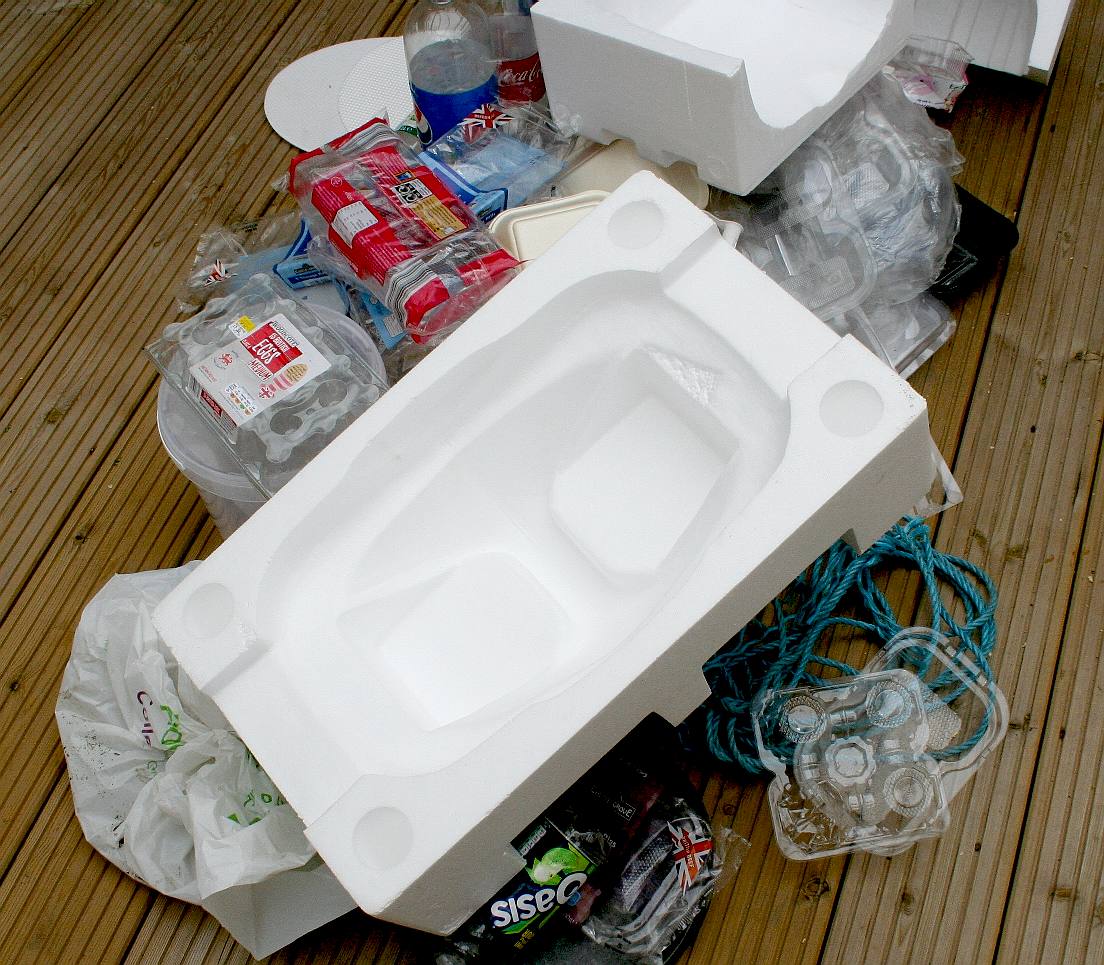
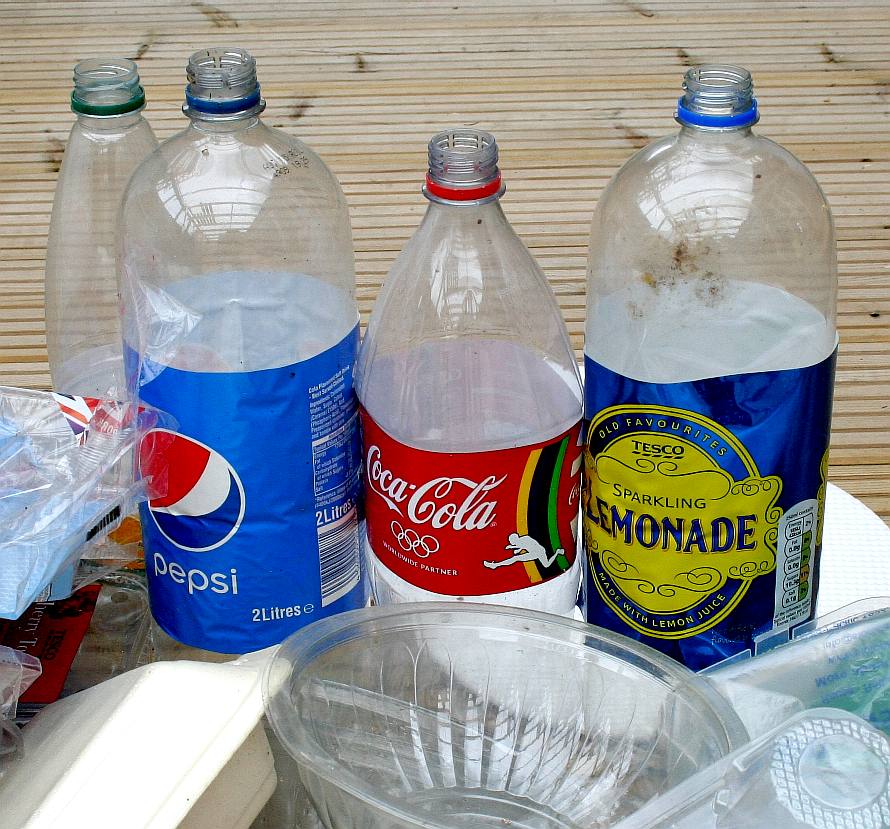
FOAM
& BOTTLES - Expanded polystyrene is
used to package household electrical goods, while soft drinks and water is
sold in PET plastic bottles by the billions every year. The numbers are
staggering. It's no wonder then that some of this plastic will end up on our
plate in one form or another, potentially as a toxin carrier. Copyright
photograph © 22-7-17 Cleaner Ocean Foundation Ltd, all rights reserved.
ABS
- BIOMAGNIFICATION
- BP DEEPWATER - CANCER
- CARRIER BAGS
- CLOTHING - COTTON BUDS - DDT - FISHING
NETS
FUKUSHIMA - HEAVY
METALS - MARINE LITTER
- MICROBEADS
- MICRO
PLASTICS - NYLON - OCEAN GYRES
- OCEAN WASTE
PACKAGING - PCBS
-
PET - PLASTIC
- PLASTICS
- POLYCARBONATE
- POLYSTYRENE
- POLYPROPYLENE - POLYTHENE - POPS
PVC - SHOES
- SINGLE USE
- SOUP - STRAWS - WATER
This
website is provided on a free basis as a public information
service. copyright © Cleaner
Oceans Foundation Ltd (COFL) (Company No: 4674774)
2018. Solar
Studios, BN271RF, United Kingdom.
COFL
is a charity without share capital.
|







